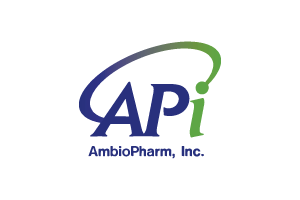When developing your peptide, you will need to select a salt form which is acceptable for your future clinical studies or desired application.
Most peptides form salts if they contain a free amino group (found in a free N-terminus or on a side chain that has a free amine, for example, Arg, Lys, and His).
In early research and development, many peptides are used as the trifluoroacetate (TFA) salt. This is because a TFA salt is typically formed due to exposure to a TFA/H2O buffer system in reverse phase high-performance liquid chromatography (HPLC) purification. In solid phase peptide synthesis (SPPS), the peptide may also be exposed to TFA during the cleavage of the peptide from the resin support. The TFA salt can be converted to another salt form (such as acetate or HCl) through ion exchange in subsequent step.
Acetate salts are usually the most common counterion choice and preferred in later development over and HCl and TFA salts. They are also chosen because they usually result in a better lyophilizate cake, in contrast to some difficult to handle, “fluffy” peptides that may result from TFA salts. TFA salt may also induce undesirable immune responses during clinical trials, although two FDA-approved drugs are on the market as TFA salts, bivalirudin and corticorelin, with no issues.1 You might consider starting out with an acetate salt form to avoid having to make a change later in your product development.
On the other hand, certain amino acid side chains may influence which counterion is better suited for the stability of your product. A sodium salt (Na+) is useful for peptides with acidic isoelectric points (pI) as with those containing several Asp and Glu, as well as a C-terminal acid. In many cases, peptides with free sulfhydryl groups as HCl salts have better stability against potential oxidation impurities. Similarly, salt form choice may impact peptide solubility. In addition, salt form can also play a role in secondary structure, with some anions inducing or suppressing helical structures and have also been seen to affect fibril formation and stability in peptides such as amyloid beta-protein (Aß).1
Careful peptide salt form consideration from the beginning may result in a cost savings later down the road. The team at AmbioPharm is also here to help you as you choose a salt form most appropriate for your research and development needs.
Interested in learning more about Peptide Manufacturing? Contact Us.
Reference:
- K. Sikora et al., Pharmaceuticals, 2020, 13, 442; doi:10.3390/ph13120442
Further Reading:

 中文
中文